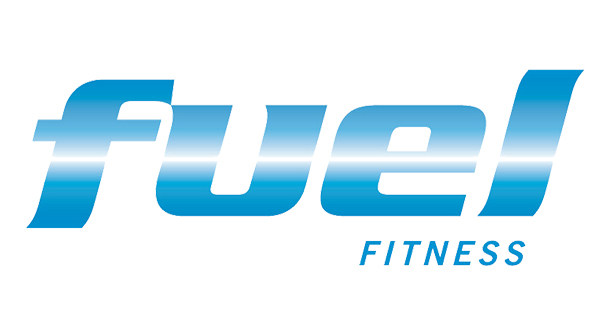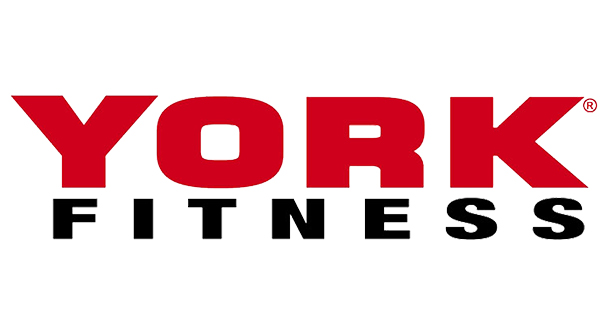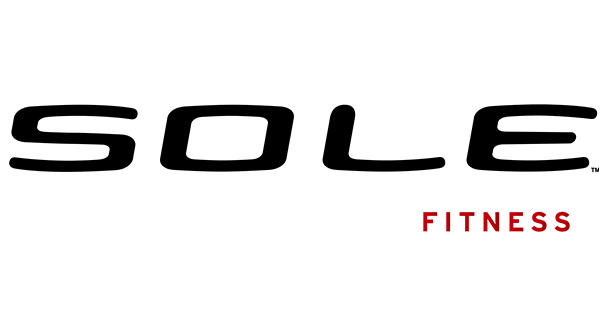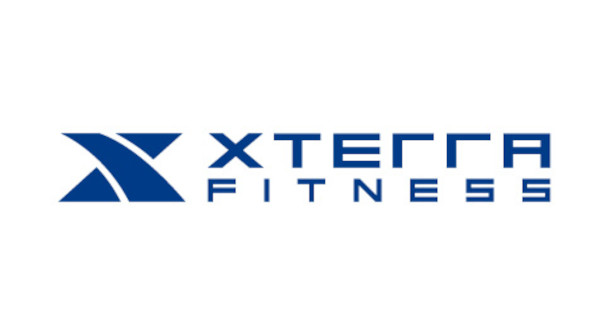Which Muscles Do Elliptical Trainers Work?
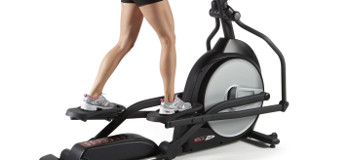
First up, what is an elliptical trainer?
They're often called cross trainers, or incorrectly called step machines but elliptical is their industry name.
Ellipticals are designed to provide a movement pattern most closely related to cross country skiing. Your legs and arms move simultaneously giving you both an upper and lower body workout. You can move either forward or backward depending on whether you push back or forward with your legs, and whether you pull or push with your arms. It is usually possible to work your legs only by placing your hands on the centre console or addition handles provided for this purpose.
Now, what muscles are we using?
In general, you are using pretty much all of the major muscle groups to some degree, depending on how you're moving.
Forward Movement
Forward movement is created by pushing forward with your legs whilst pulling back with your arms in a cross body pattern i.e. opposite arm and leg moving together. The main muscles used here are Glutes (butt), Quads (thighs), Trapezius and Posterior Deltoids (back and shoulders).
Your legs are responsible for the driving down motion and for most people this will mean the quads are doing the lion's share of the work. Ideally we would be trying to use our glutes as well.
Backwards/Reverse Movement
As you've probably worked out already, this means pushing back with your legs and pushing with your arms. This requires a bit more hamstring involvement in sync with the quands and focuses on the Pecs (chest) and Anterior Deltoids (front of shoulders) in the upper body.
Of course there are many other muscles getting involved throughout the movements but the ones stated are your prime movers or the target muscles for the equipment.
What does this all mean and what is it good for?
Basically, the elliptical trainer is a low impact, predominantly cardio focused machine which can be used for full body mobilisation either as a warm up station prior to working out or as a stand-alone fitness trainer.
Cross country skiiers are considered some of the fittest athletes around and if you spend some time on an elliptical, you will begin to understand why. Ellipticals are also good for rehab and retraining after injury or as an alternative to running when you feel your joints need a rest from hitting the pavement.
As a trainer, the most common mistake I see when clients are using elliptical trainers is that they try to go too fast. It is extremely difficult to control this equipment when you're going flat out. In the end, momentum is doing all the work and all you are doing is setting yourself up for an injury. If you want to work harder, increase the resistance not the speed. Unless you are really driving through your legs (and arms) then you may as well be sitting on the side of a pool kicking your legs in the water for all the good you're doing.
Remember, if exercise is going to be of benefit or effective then you have to put some effort in.
If you are still unsure, ask your local fitness professional for advice or guidance on how to use this equipment effectively and safely.


